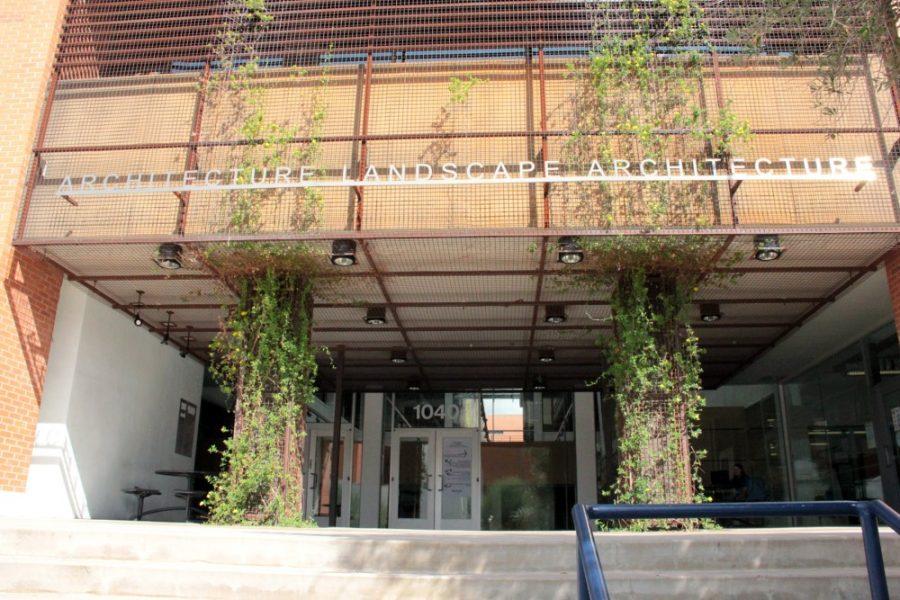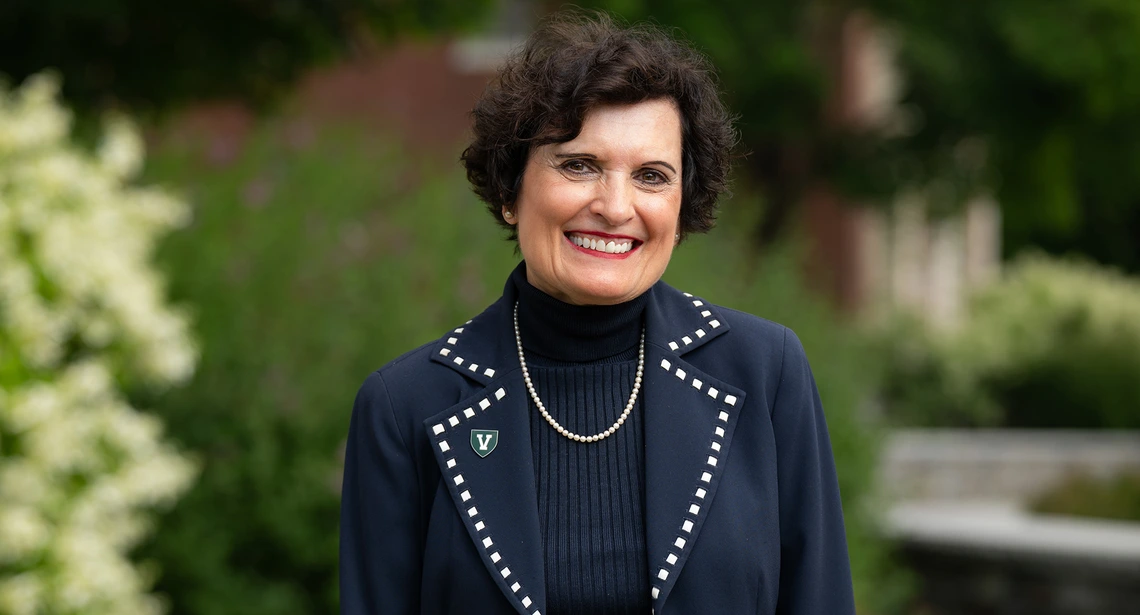The UA College of Architecture, Planning & Landscape Architecture is preparing to create a sustainable roof to add to its building.
The college won second place in the U.S. Environmental Protection Agency’s first-ever Campus Rainworks Challenge last spring, where they were awarded $8,000 to be used for green infrastructure research. The money will go toward installing the new roof.
Ron Stoltz, the associate dean of the College of Architecture, Planning & Landscape Architecture, said the building is “experimental and constantly changing.”
Stoltz also said he was confident that the roof will be adding to the sustainability of the building.
The green roof doesn’t require energy to operate, and solar panels will help with the electrical needs of the building. The roof’s insulation effect is also going to help immensely, Stoltz added.
“While green roof technology is well understood in temperate climates, it’s not well understood in desert climates,” Stoltz said. “This laboratory and this experiment will yield information that other people can use as they develop other institutional, commercial or residential green roofs in the desert.”
Construction is scheduled to start in March or April 2014 and will hopefully be finished by the middle of the 2014 fall semester, according to Stoltz.
The new roof will be open to the public but only accessible by appointment, according to Stoltz. This is to control the number of people that are on the roof at one time in order to distribute and monitor the weight on the roof.
The two minds behind the CAPLA building were Eddie Jones and Christy Ten Eyck. Ten Eyck has designed the new green roof, along with her protégé, Todd Briggs, Stoltz said.
Aaron Tsosie, an architecture senior, said sustainability is understood within architecture and planning today and that he was excited to see the new green roof.
“I think a green roof is a great idea,” Tsosie said. “It would help absorb a lot of the radiation that hits the building every day from the sun, and it would become an insulator.”
The green roof is expected to have many sustainable features such as five pods that each have a different theme, such as solar energy or planting experiments, and will be made from different materials, according to Stoltz. Planting will separate the pods, along with vertical screening that will have vines growing on it. On top of the screening, there will also be solar panels, Stoltz said.
CAPLA will also be experimenting with different roof coatings. Different manufacturers will be given different materials to experiment with and see how well each material withstands ultraviolet light.
This year, the UA was ranked the second in the world for environmental research.
“Sustainability is a really critical interdisciplinary theme that cuts across everything that this university does,” said Jesse Minor, a graduate research assistant in the School of Geography and Development.
CAPLA will also be measuring the temperature differential through the soil using temperature sensors on top and underneath the soil, on the roof and on the ceiling inside the building, Stoltz said.
“This is the best example of an integrated building and landscape in the arid southwest,” Stoltz said. “This is a design from scratch and holistic thinking of how you build a building and a landscape that work together.”
– Follow Katie Bickell @KatieNewsAZ








